What makes a home today at EDIT Napoli 2025
- Advertisement -
by Ludovica Proietti
From bold materials to intimate gestures, EDIT Napoli 2025 turns the fair into a collective investigation on how design translates life. Between history and experimentation, the seventh edition reimagines domestic space as a site of meaning and change
Share
- 0shares
- Advertisement -
Three days immersed in editorial design, with a cultural approach that still stands remarkably tall against the odds of both the discipline and the world. The seventh edition of EDIT Napoli, held from October 10 to 12, has come to an end, defining a renewed perspective on what objects can be – and what they can express – within a household, within an environment, and in relation to their inhabitants. Between domestic totems, lighting systems, new materials, and fresh approaches, this year the fair reconfirms its well-defined direction while embracing an even sharper focus: one that merges quality with approachability. It’s interesting to trace the directions that emerged and the elements that truly shaped the trends this year.
A peculiar visual language was created through color – bold, decisive, and strikingly sharp. No nuances, no gentle gradients, but flat, contrasting tones. And they appeared on typically “boring” elements like shelves and vases, injecting a pop energy into interiors in a genuinely refreshing way. Objects and finishes looked fully resolved, ready to enter our homes straight away – no prototypes, no speculative gestures.
Gallery
Open full width
 Terrazzo Quarry by Bethan Laura Wood for Poltronova © EllerStudio
Terrazzo Quarry by Bethan Laura Wood for Poltronova © EllerStudio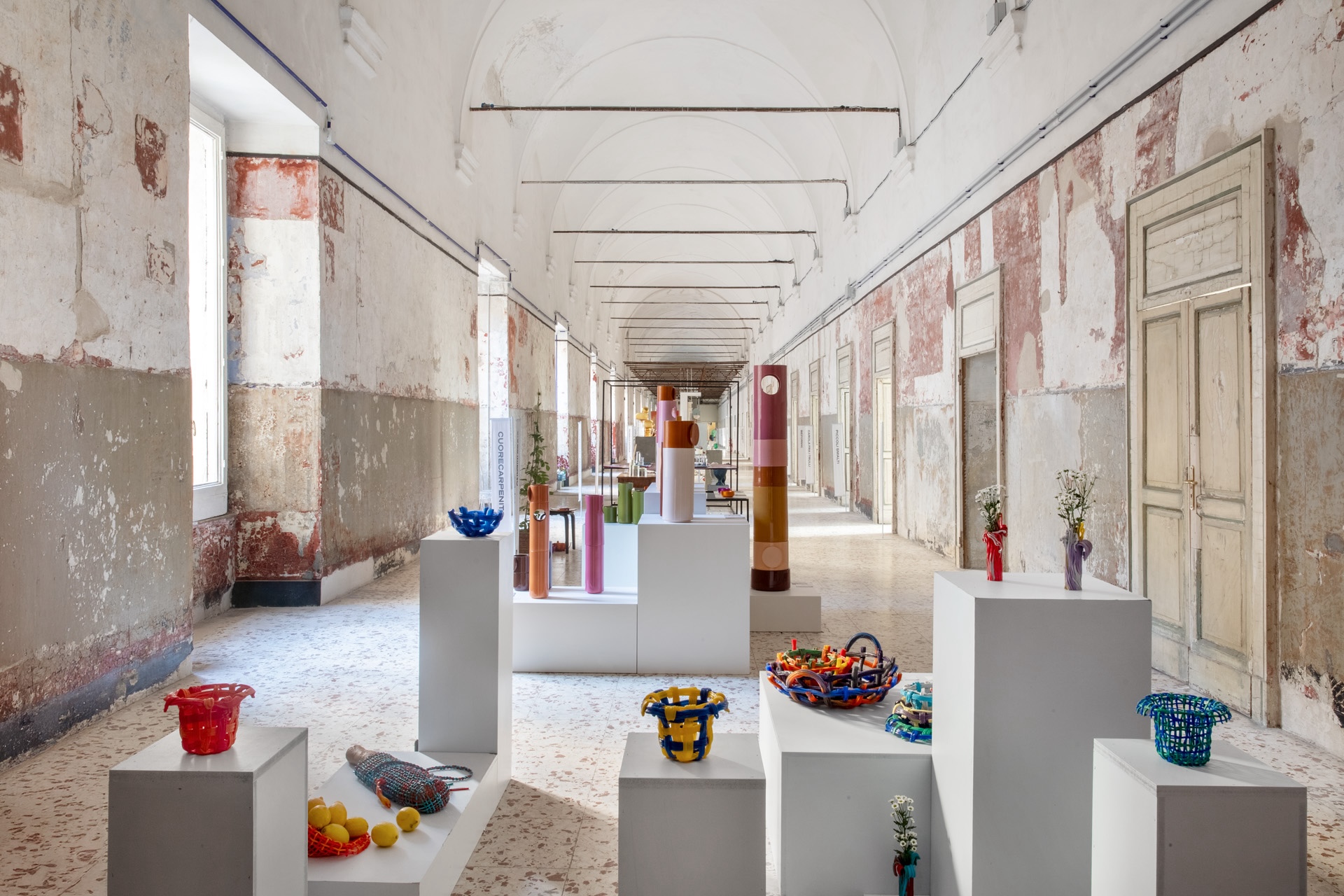 EDIT Napoli 25 at La Santissima © EllerStudio
EDIT Napoli 25 at La Santissima © EllerStudio Inrō by Atelier Nuanda © Atelier Nuanda
Inrō by Atelier Nuanda © Atelier Nuanda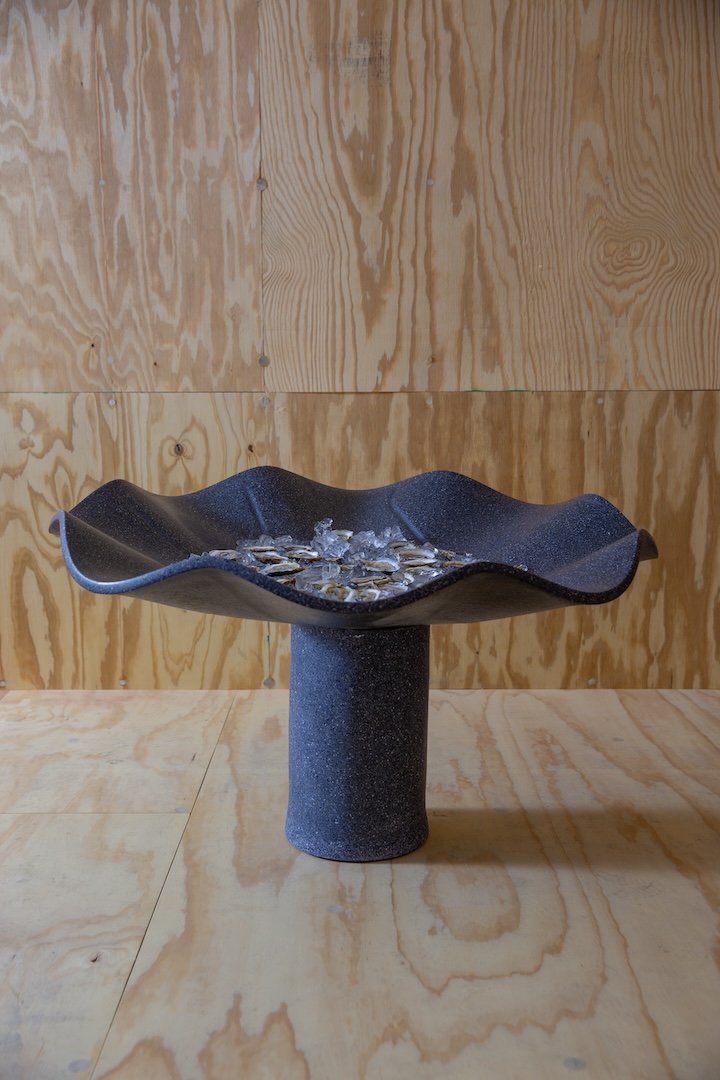 Basin by Shellf Life © Chris Mayes-Wright
Basin by Shellf Life © Chris Mayes-Wright Inserti by Chiara Lionelli © Carlo di Pasquale
Inserti by Chiara Lionelli © Carlo di Pasquale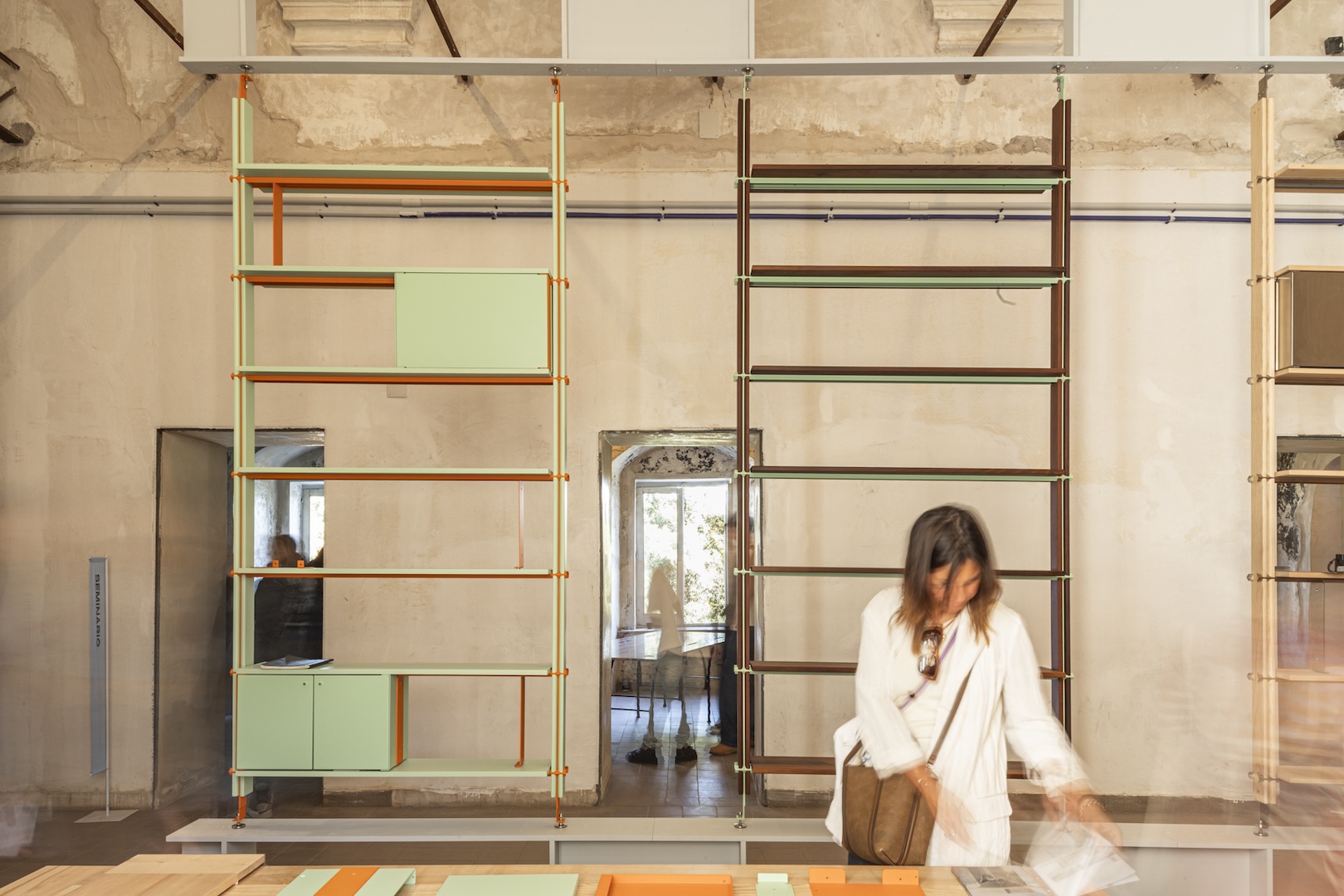 1000L by Abuse Studio © Andrea Lo Conte
1000L by Abuse Studio © Andrea Lo Conte Mubi Collection by People of the Sun and Elena Salmistraro © People of the Sun
Mubi Collection by People of the Sun and Elena Salmistraro © People of the Sun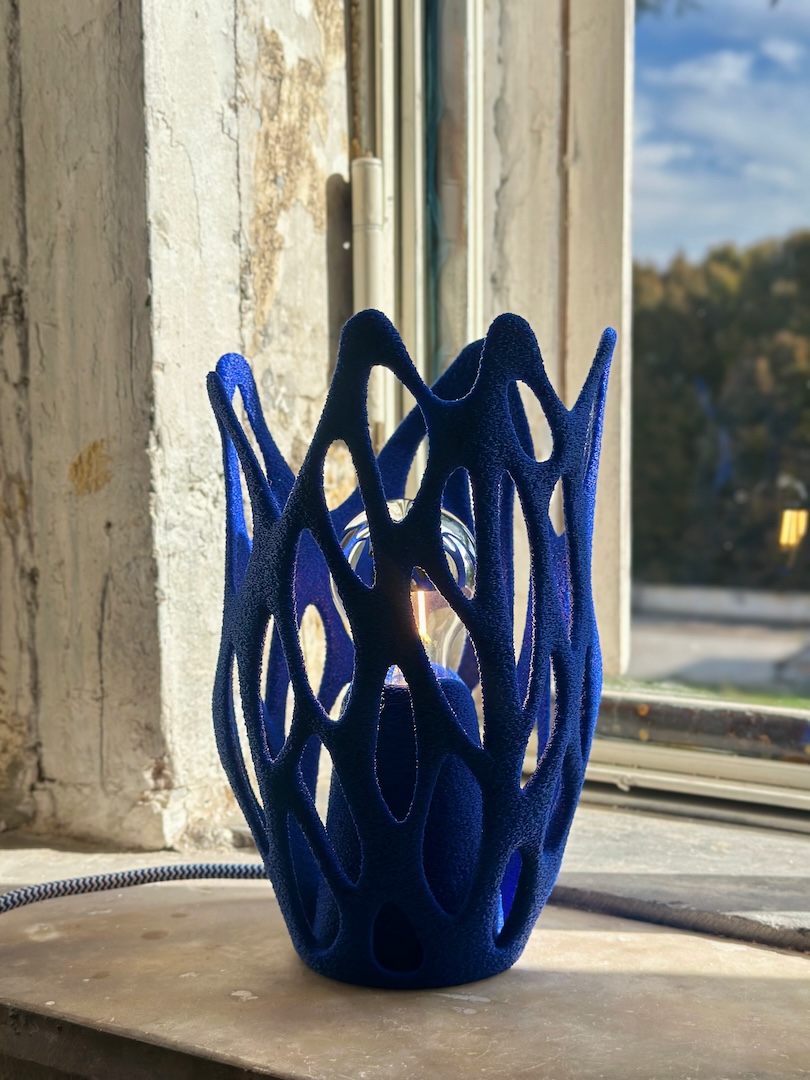 Mariposa Navy by Cornu Design ©Cornu Design
Mariposa Navy by Cornu Design ©Cornu Design Mezza by Ignacio Merino © Ignacio Merino
Mezza by Ignacio Merino © Ignacio Merino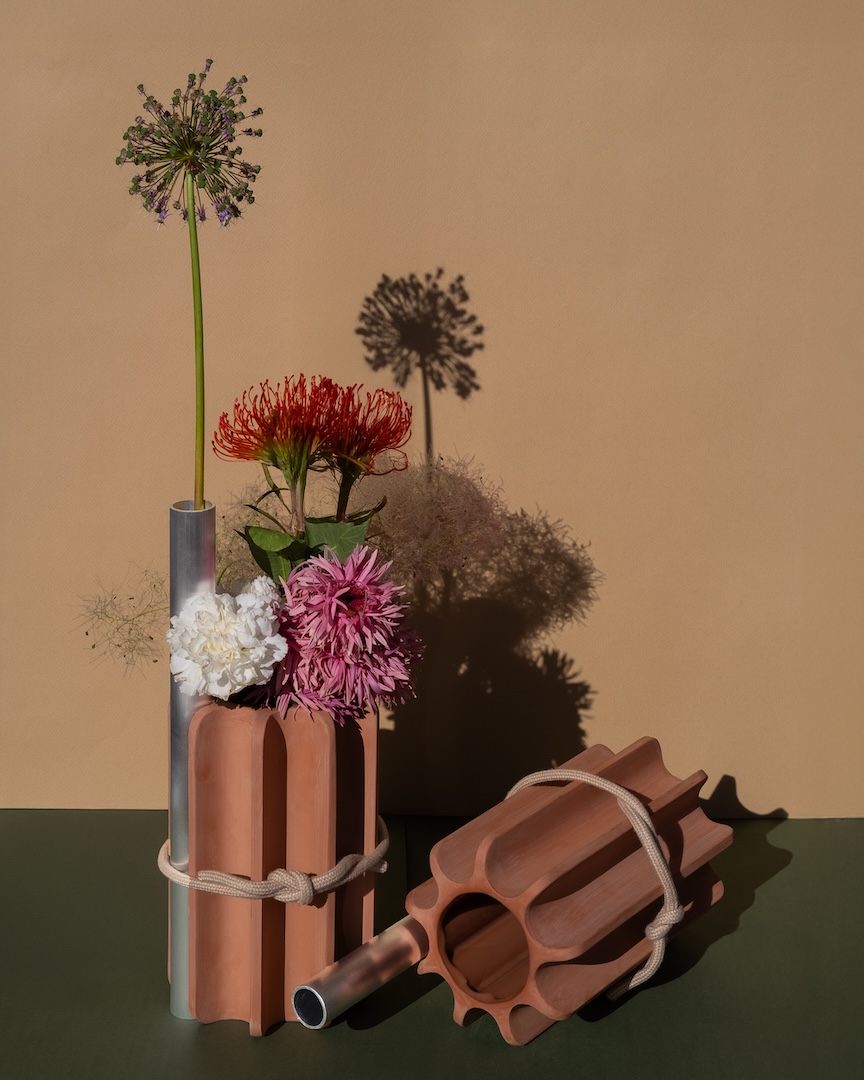 Èreità Vase by Antoine Seguin © Antoine Seguin
Èreità Vase by Antoine Seguin © Antoine Seguin La Torre by Abacus Atelier © Abacus Atelier
La Torre by Abacus Atelier © Abacus Atelier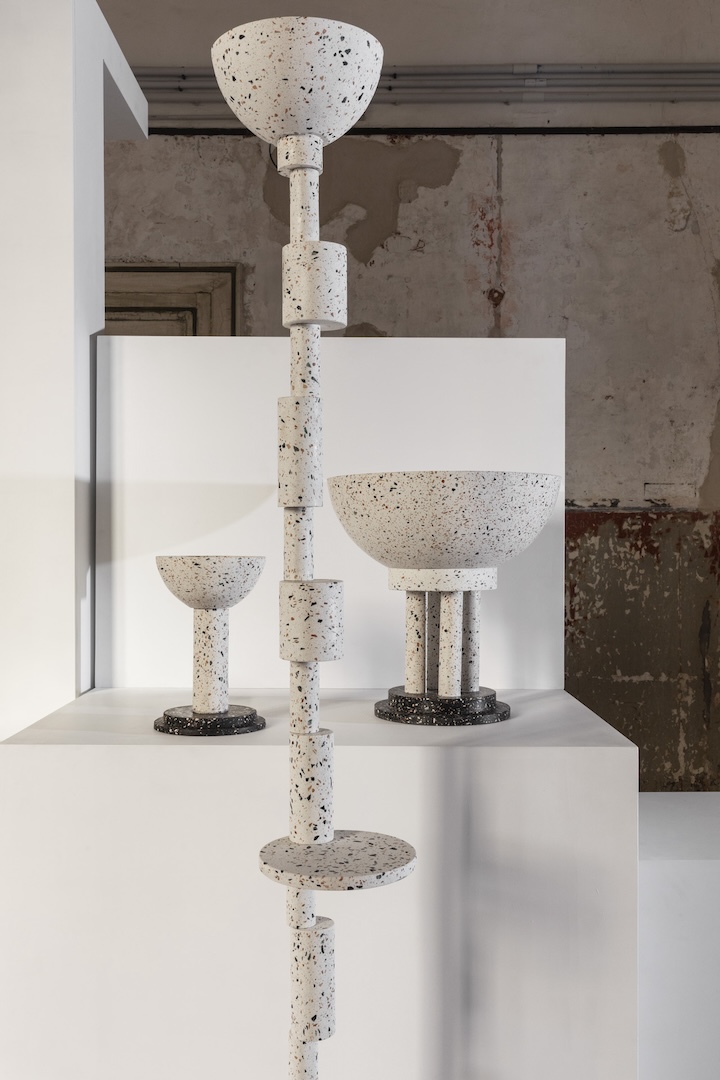 Premiata by Studio Lievito for Chroma © EllerStudio
Premiata by Studio Lievito for Chroma © EllerStudio Scaffold by Archeomaterico per DLA Design Lab © Archeomaterico
Scaffold by Archeomaterico per DLA Design Lab © Archeomaterico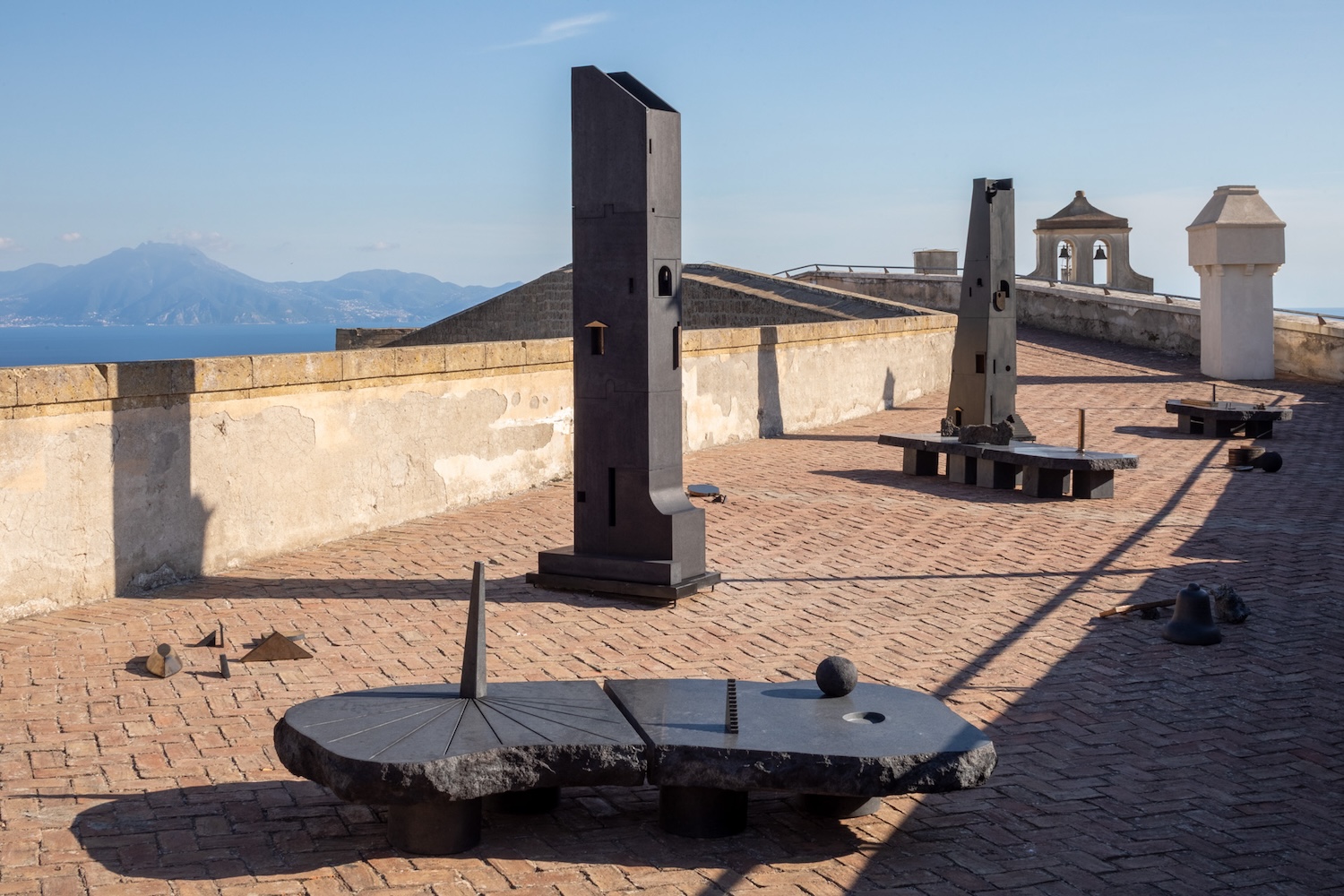 EDIT CULT at Castel Sant’Elmo, Diego Rivero Borrell for Ranieri © Eller Studio
EDIT CULT at Castel Sant’Elmo, Diego Rivero Borrell for Ranieri © Eller Studio
Open full width
And then, the modules: from lamps to shades, from tiles to sofas and seats – a surprising number of three-legged chairs! The new “editorial home” reveals itself as a system of infinite configurations, adaptable and intelligent, offering a new reading of the world that is taking shape.
What we witnessed at EDIT Napoli this year was a strong, evolving, and constantly learning community, guided by experimentation, quality, and a deep respect for both history and craftsmanship – local and global. From the fair itself to the CULT program, historical brands like Poltronova and Azucena used their voices to spark reflections on the past and future of their identities. Ranieri, with its lava stone, together with architect Diego Rivera Borrel from studio TANAT, redefined the relationship between landscape, scale, and architecture through an installation that connected Naples and Mexico City as two sides of the same coin.
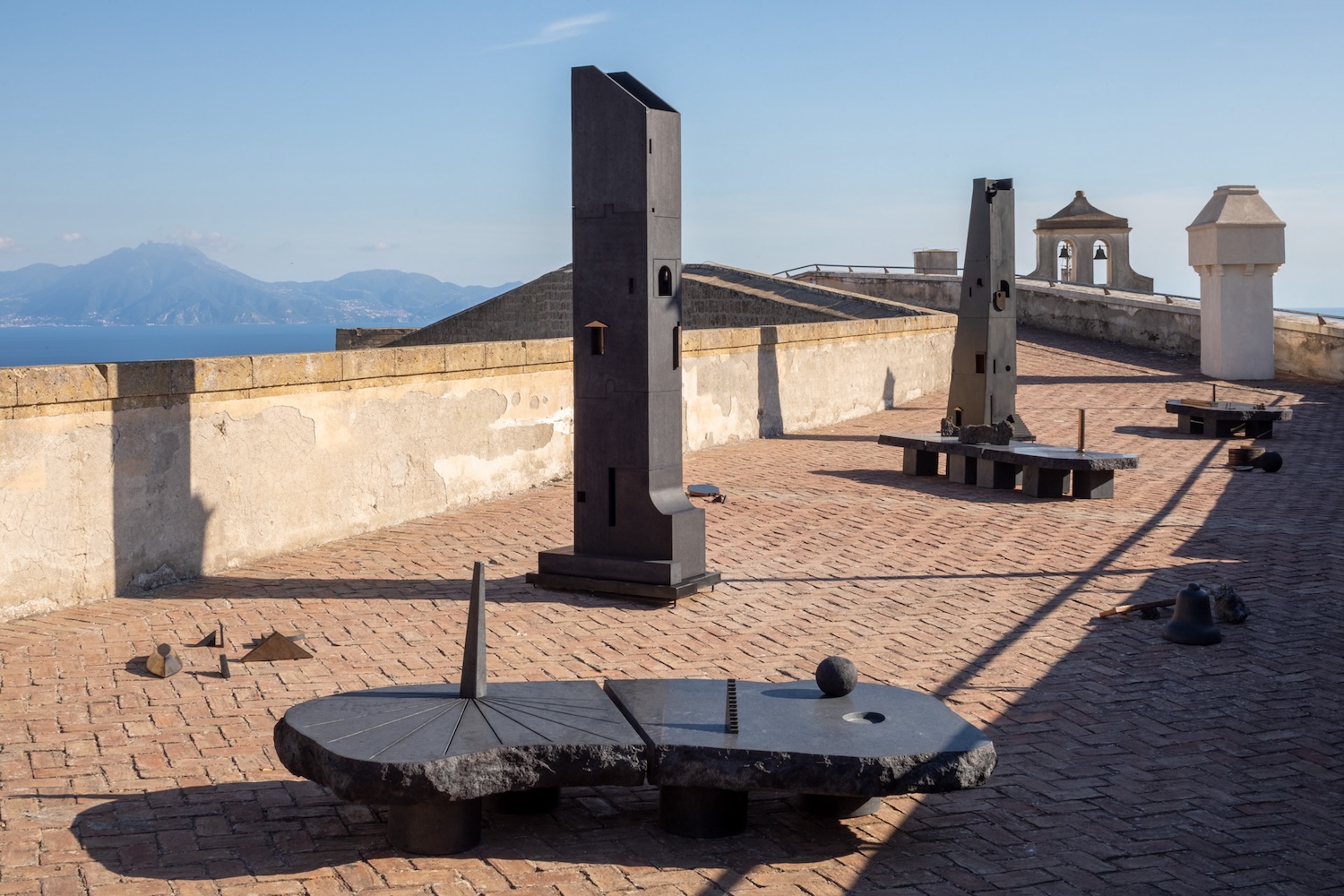
This year, in terms of objects, quality, and research, there was no real distinction between the main fair, the Seminario section – dedicated to young designers and studios – and the CULT. The perspective was consistent, the direction clear: not just a selection of projects, but a selection of visions.
EDIT Napoli 2025:
- 1. 1000L by Abuse Studio
- 2. Inrō by Atelier Nuanda
- 3. Archeomaterico for DLA Lab
- 4. Dubi & Mubi by People of the Sun with Elena Salmistraro
- 5. Basin by Shellf Life
- 6. Inserti by Chiara Lionello
- 7. Premiata by Studio Lievito for Chroma
- 8. La Torre by Abacus Atelier
- 9. Mariposa Lamp by Cornu Design
- 10. Èreità Vase by Antoine Seguin
- 11. Mezza Chair by Ignacio Merino
- 12. From CULT — Terrazzo Quarry by Bethan Laura Wood for Poltronova
1. 1000L by Abuse Studio
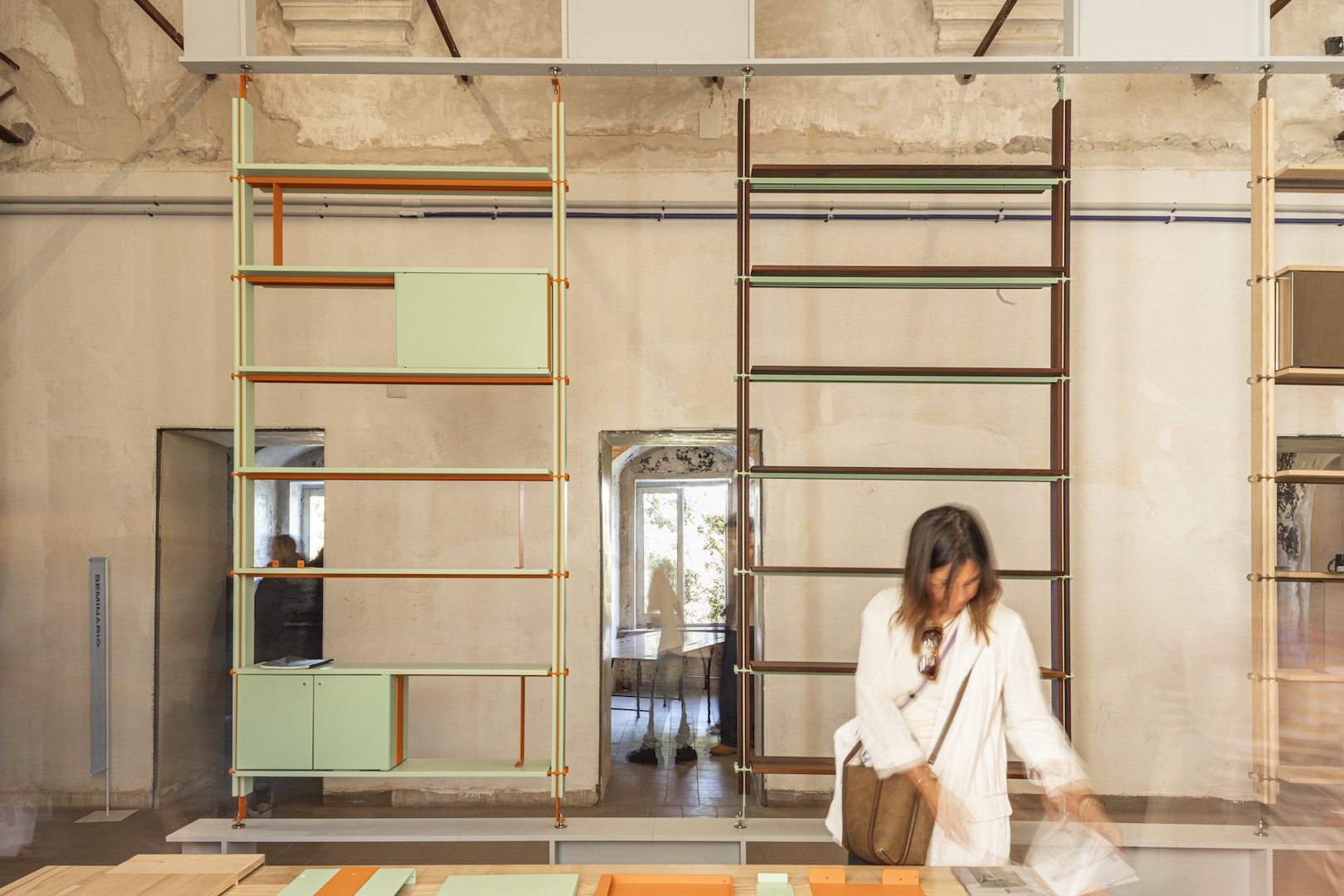
The Milanese design practice with a carpentry workshop, loyal to wood essences and refined craftsmanship, presents the impressive 1000L system following its launch during Milan Design Week. A floor-to-ceiling modular structure made from an array of wood types and sharp metal accents, it adapts effortlessly to any kind of interior.
Clean and bold, with strong editorial and graphic details – such as the junction between the wooden section and the metal rod – this new version stands out for its use of color and versatility. Closed modules and dividing elements add layers and rhythm, turning a simple shelving system into an architectural gesture.
2. Inrō by Atelier Nuanda
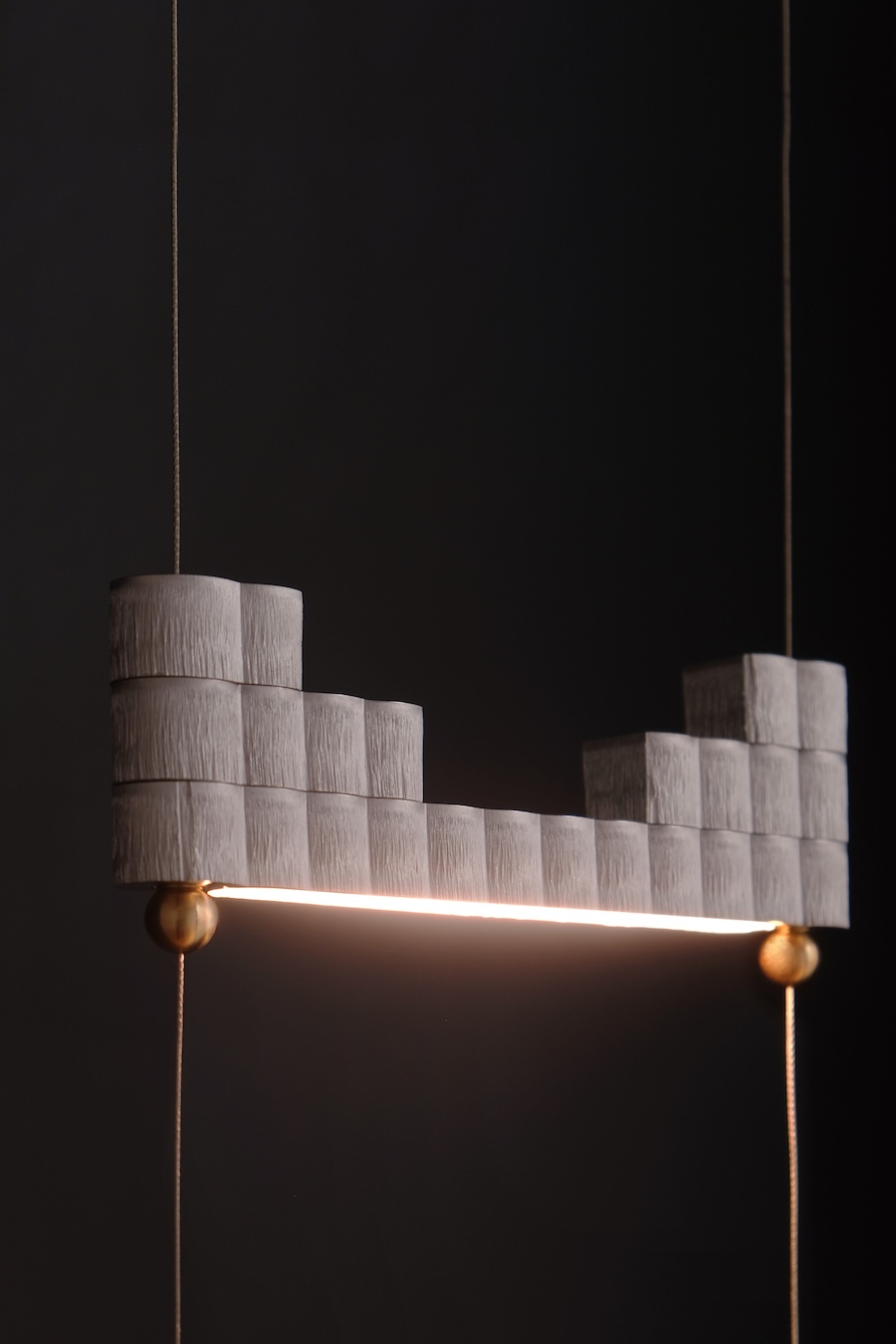
For her second participation in the fair, Cecilia Rinaldi’s studio returned not just with a project, but with a challenge. A system that is both poetic and technical, Inrō has an industrial finish that transforms aluminum into something far from industrial, evoking a Japanese sensibility within a distinctly European, almost Bauhausian framework.
Inspired by the inrō itself – the small, traditional Japanese cases once used to hold personal objects and suspended from the obi, the kimono’s rope – the lamp features infinite configurations thanks to the versatility of its modular elements. The small brass spheres act as refined technical and aesthetic details, echoing Joseph Hoffmann and the Wiener Werkstätte, two key references in Cecilia’s visual universe.
That’s why we chose the studio’s vision for our DesignWanted special mention, which once again surprises us with a project that brings together craftsmanship, technology, and research. With Inrō, Cecilia creates a dialogue between storytelling, tradition, and innovation, transforming a historical reference into a contemporary lighting object.
3. Archeomaterico for DLA Lab
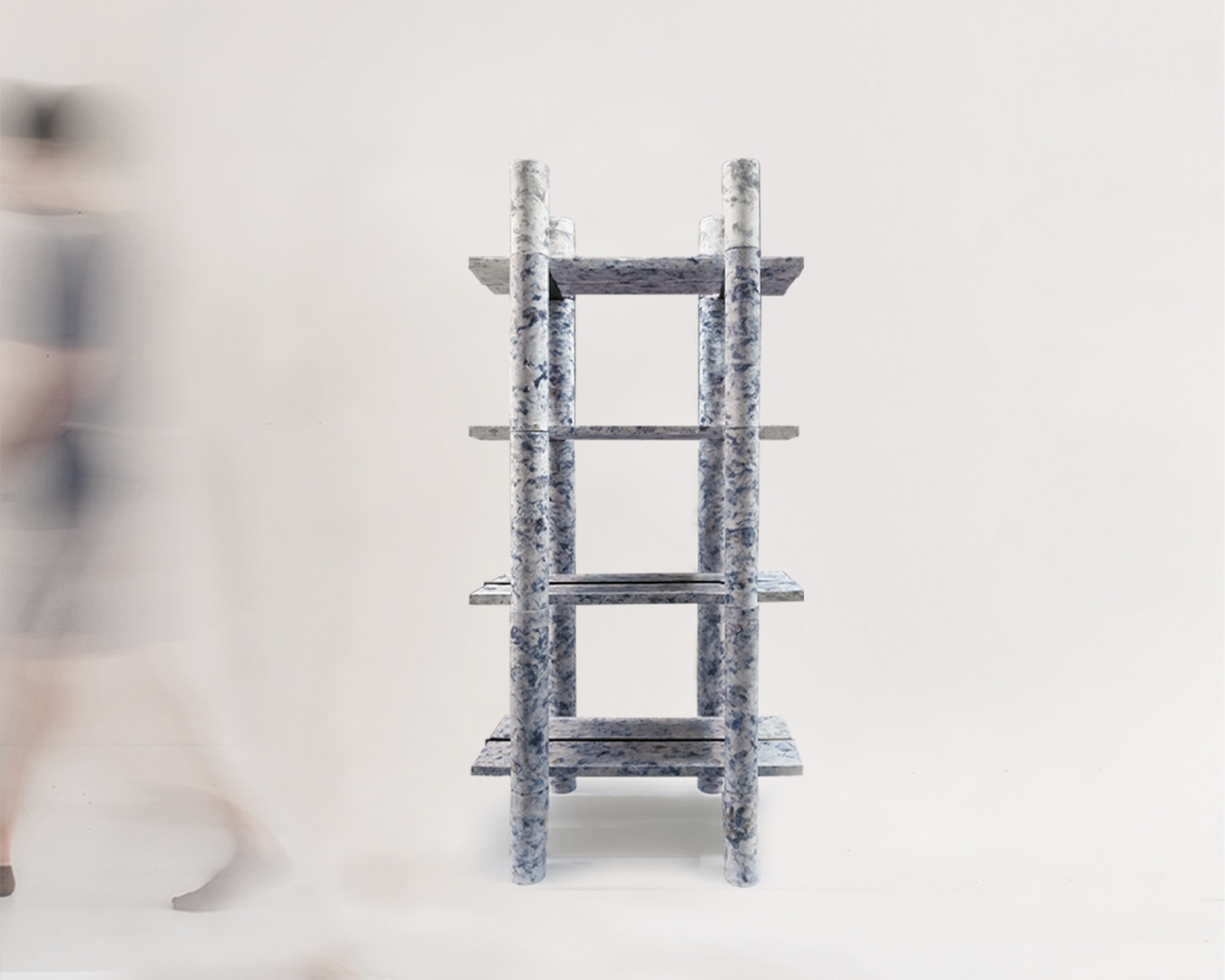
We first met Davide Balda, the mind behind Archeomaterico, in 2024 at Fuorisalone in Alcova, with a project supported by Fabrika, the United Colors of Benetton lab for emerging talents. And indeed, talent was the word.
In Naples, he presented his own take on textile sustainability with the evolution of his project Telare la materia (wave the matter), showcased through a bookshelf developed with DLA Lab, a Genoa interior design studio focused on contract spaces, that merges primordial lines with futuristic intent. The result is a versatile, beautifully coherent object – one that originates from waste and returns to inhabit our homes as naturally as any other domestic piece.
4. Dubi & Mubi by People of the Sun with Elena Salmistraro
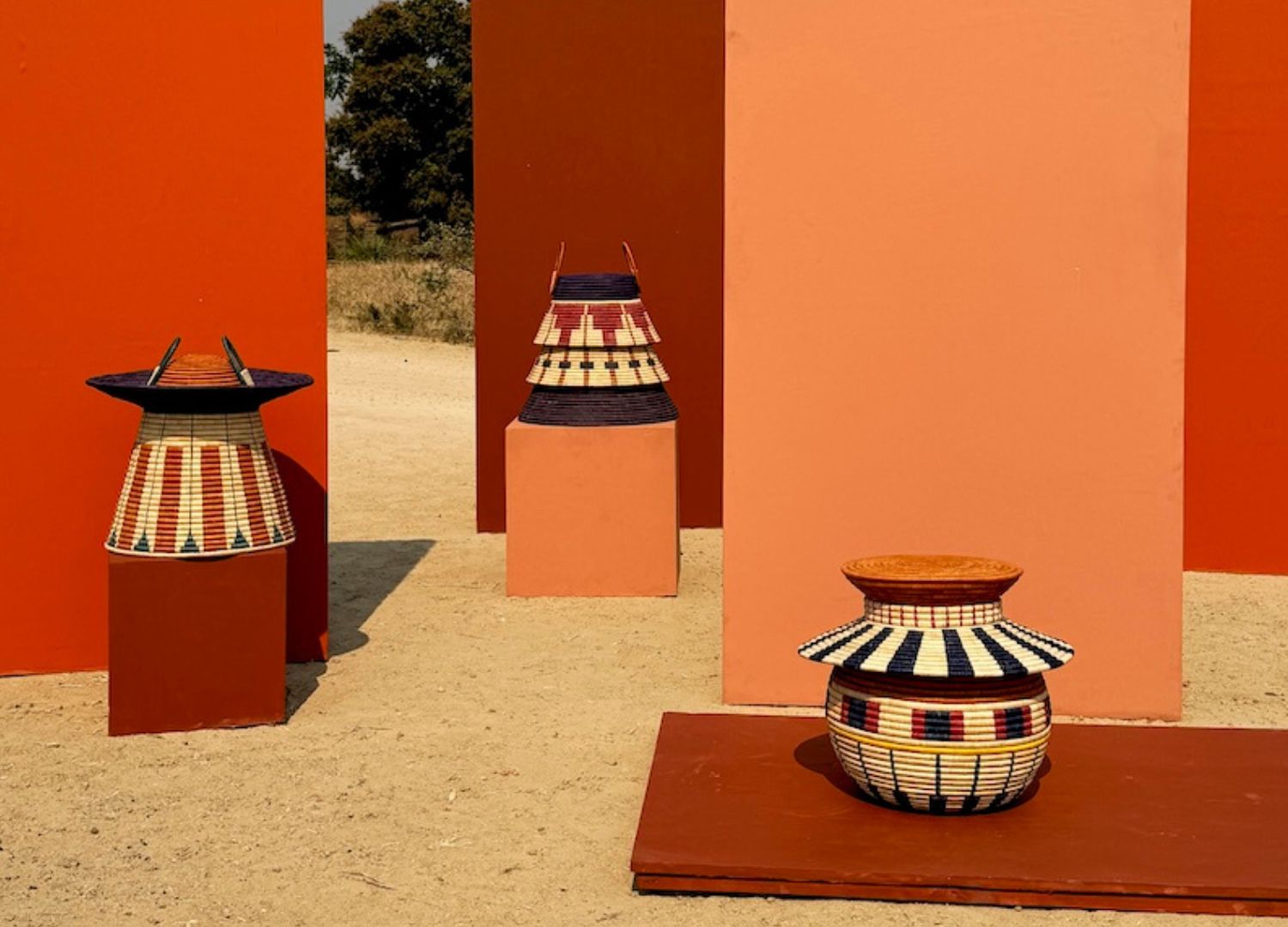
What happens when Rome meets Malawi – and the encounter is filtered through one of the most graphic designers of our field? The collections Dubi and Mubi, born from the collaboration between People of the Sun and Elena Salmistraro, are the answer.
The two collections – Dubi, wall panels, and Mubi, baskets – embody what occurs when traditional craftsmanship, sustainable and territorial techniques, and a highly visual design language are combined. Salmistraro adds her unmistakable twist to these elements – staying close to African aesthetics while infusing her signature totemic energy. The result is a production that shifts easily between playful color and a tactile, woven memory of the continent’s material culture.
5. Basin by Shellf Life
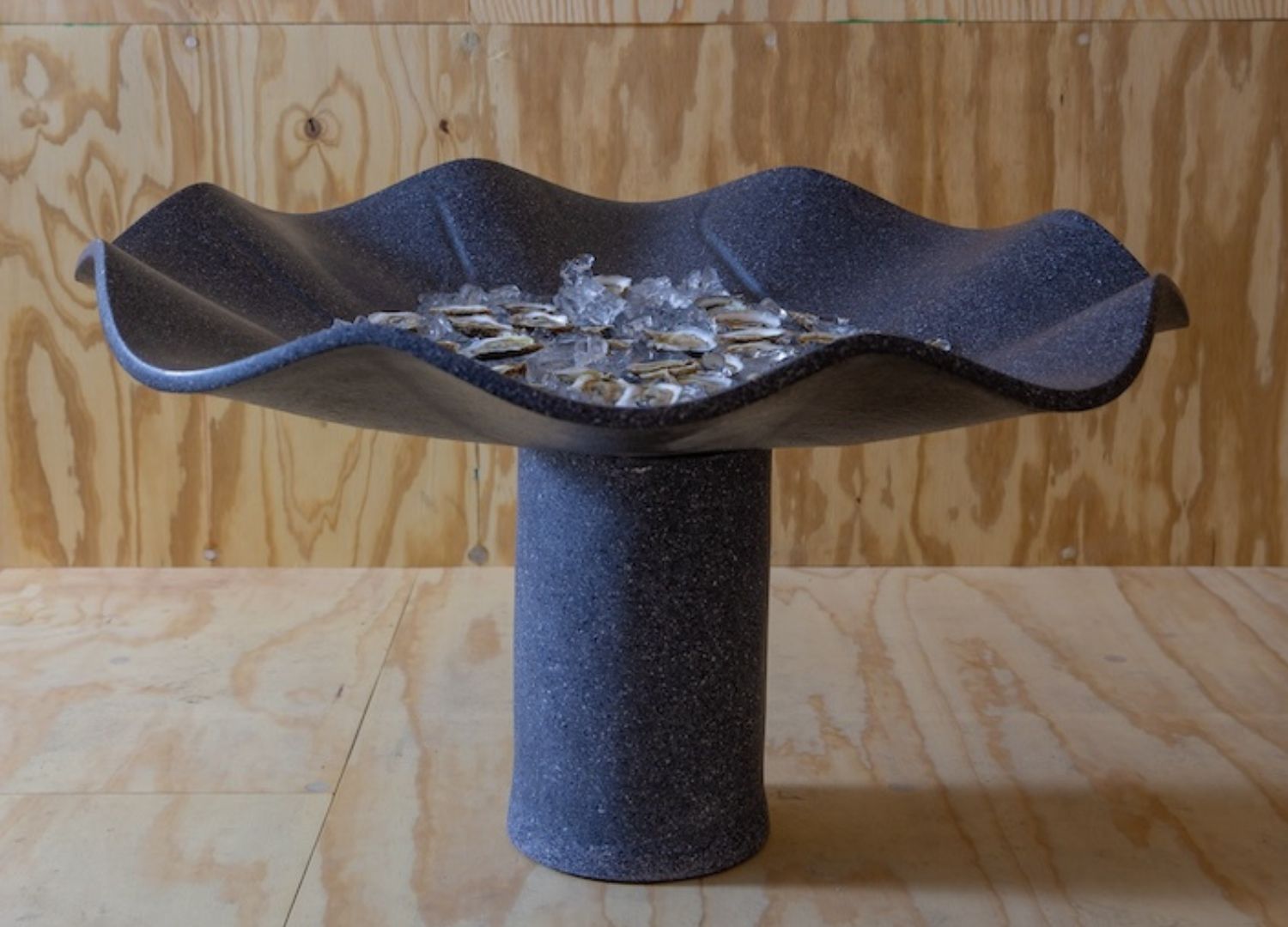
Shellf Life is a US-based studio giving new life to seashell waste collected from restaurants. Its founder, Felicia Neuhof, grew up in Providence, Long Island, an area known for its love of shellfish – so the statement comes naturally. By crushing and processing these shells, the studio has created a patented paste that can be molded into a wide range of applications – from furniture to finishes – with varying textures and densities.
Valued for its material research, Shell Life was invited by EDIT Napoli, selecting the studio among the ENHANCE exhibitors by DesignWanted during Milan Design Week, as part of the partnership between the two platforms. In Naples, Shell Life introduced Basin, a new piece with a sculptural, organic presence: a cylindrical body that opens into a soft, sinuous top, recalling the natural curves of shells and the gestures of water.
6. Inserti by Chiara Lionello
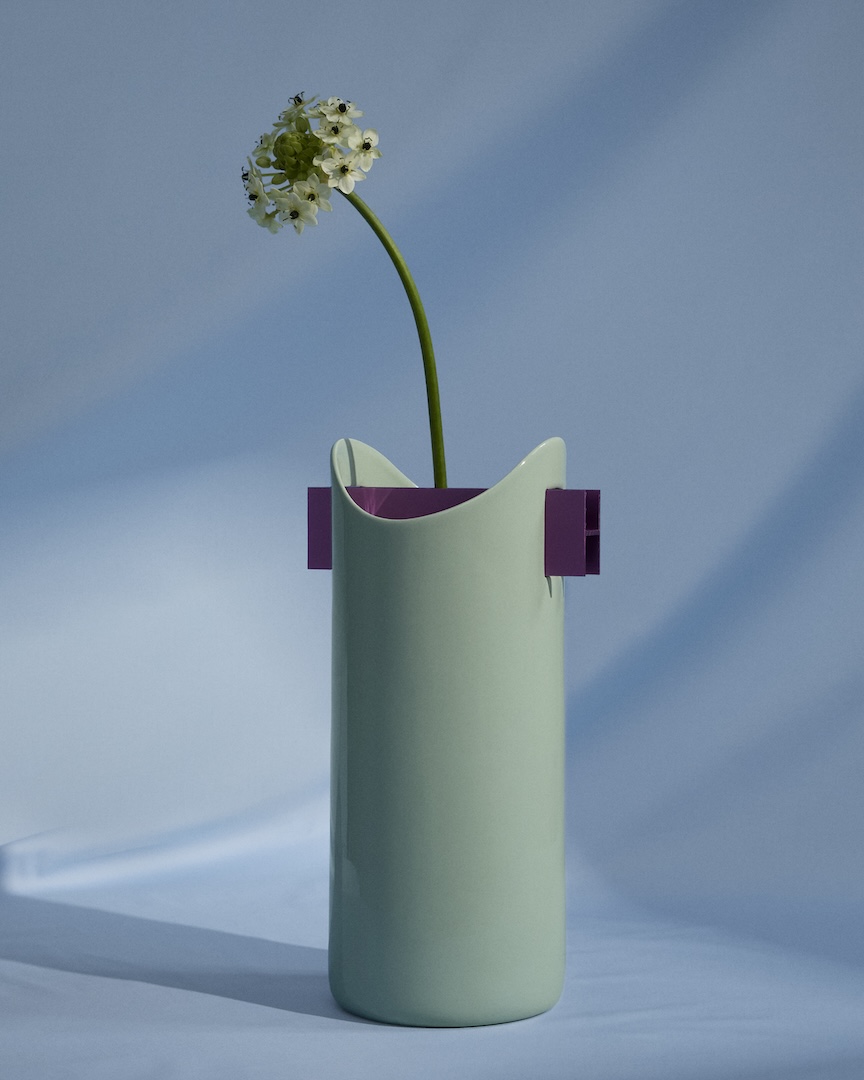
From an architectural point of view, Chiara Lionello’s proposal Inserti – winner of this seventh edition of EDIT Napoli – merges tradition and innovation, creating miniature flourishing buildings. It’s no coincidence that Lionello is, indeed, an architect.
Combining her fascination with Japan and a clear, minimal vision, she brings together industrial precision with a hand-made, hand-painted ceramic vase collection where mini metal H-beams host flowers in an arrangement similar to ikebana, the art of floral composition. The result is a delicate balance of construction and poetry: objects that quietly structure space with apparent lightness and a pop sensibility.
7. Premiata by Studio Lievito for Chroma
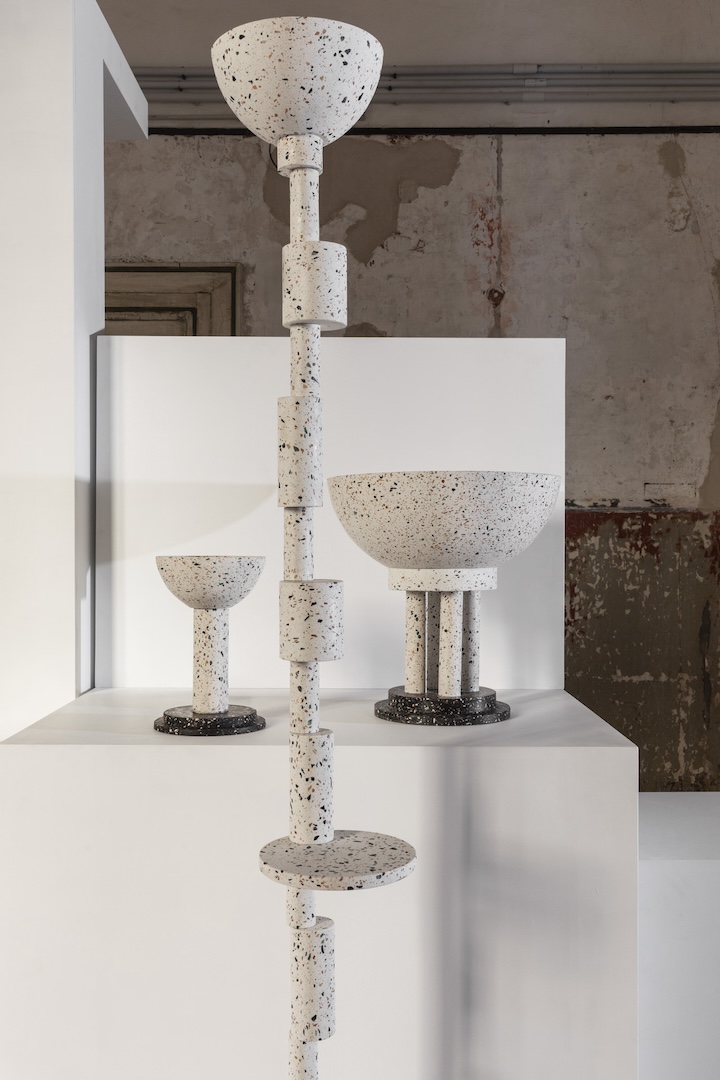
With its first object collection at EDIT Napoli 2025, Chroma introduces a new Italian approach to material research. The company transforms waste from marble, stone, hemp, and other natural or industrial sources into high-performance composite surfaces, using a proprietary hybridization process that combines technology, craftsmanship, and sustainability.
Among the designers who collaborated on this collection, Studio Lievito‘s Premiata series stands out for its clear, elegant dialogue between concept and execution. The trio of lamps – floor, table, and wireless – plays with modular balance and domestic scale, translating Chroma’s experimental matter into light.
Each piece is crafted in Cosmologia Variabile and Bardiglio, two Chroma composites defined by a black-and-beige base palette inlaid with coloured marbles. The result is a layered, tactile surface that embodies the company’s ethos: transforming discarded materials into new narratives of value, beauty, and lasting significance.
8. La Torre by Abacus Atelier
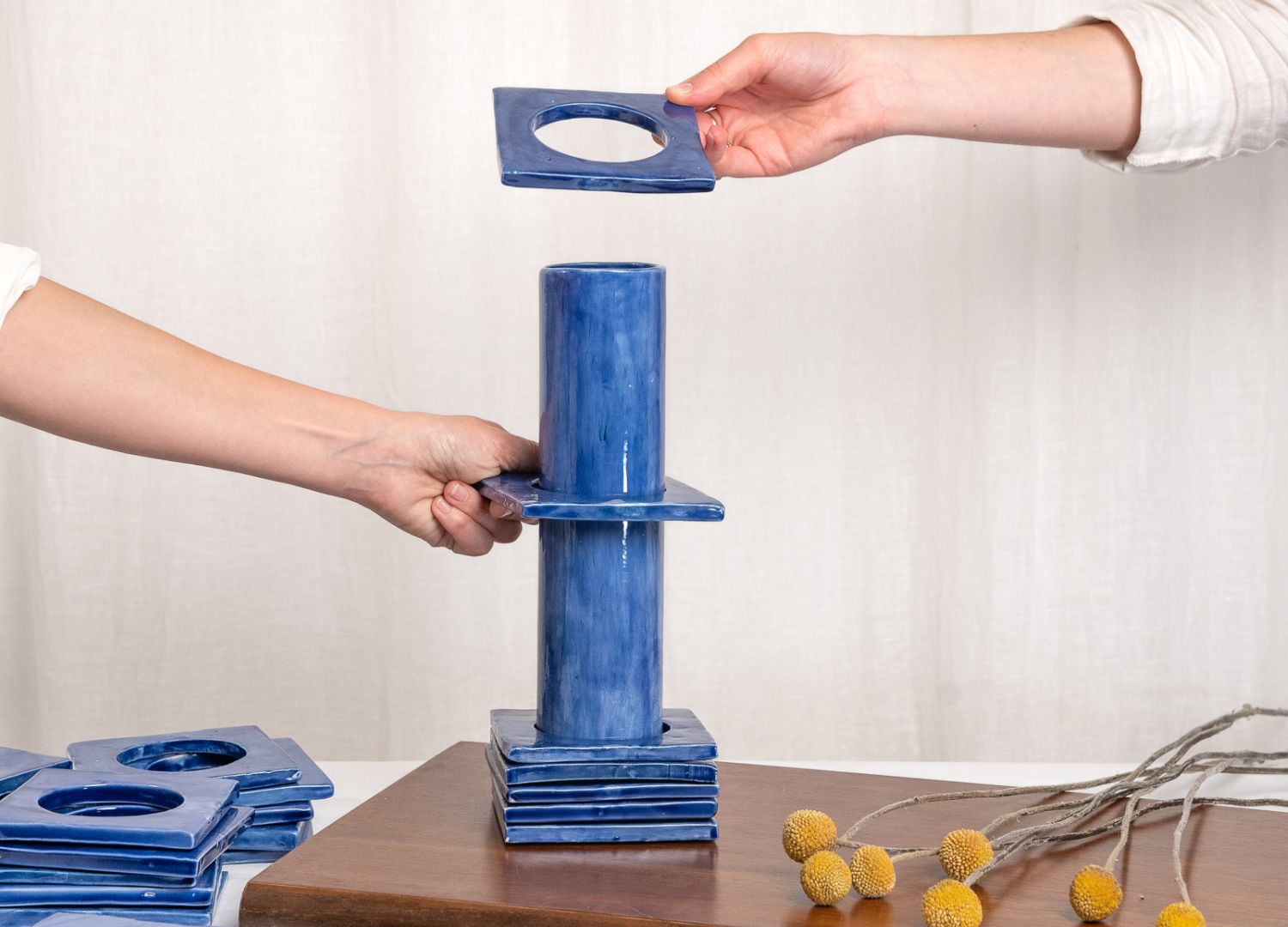
Presented in the Seminario section, La Torre is an unreleased project by Abacus Atelier that translates a childhood memory – stacking, building, taking apart, and rebuilding – into the language of contemporary ceramics. The result is a vase that invites interaction and change, designed to evolve over time and reflect the personality of its owner.
Made of glazed ceramic, it balances the solidity of matter with the lightness of creative play. What makes La Torre resonate is not just its material precision, but its narrative: a sustainable, modular, quietly poetic object that speaks of beauty’s mutability – and of how design can still be a game.
9. Mariposa Lamp by Cornu Design
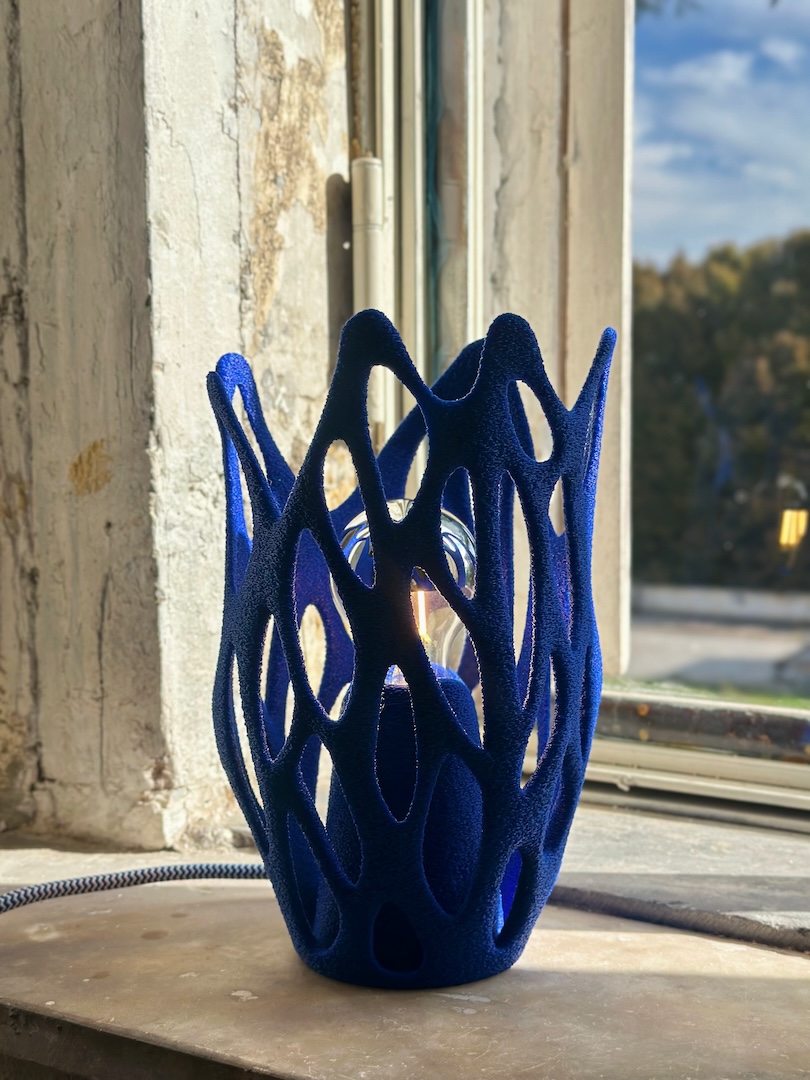
Presented in the Seminario section, Cornu Design introduces a young, independent voice guided by the dialogue between nature and technology. Founded by Beyza and Mustafa Nizamov, the studio translates organic movements produced in PLA through 3D printing in their work.
At EDIT Napoli 2025, Cornu Design presented Mariposa Navy, a lighting piece that captures the quiet depth of the night sky through a play of shadow and reflection. With its organic curves and refined silhouette, it creates a peculiar concept of elegance, merging artistic emotion with function.
10. Èreità Vase by Antoine Seguin
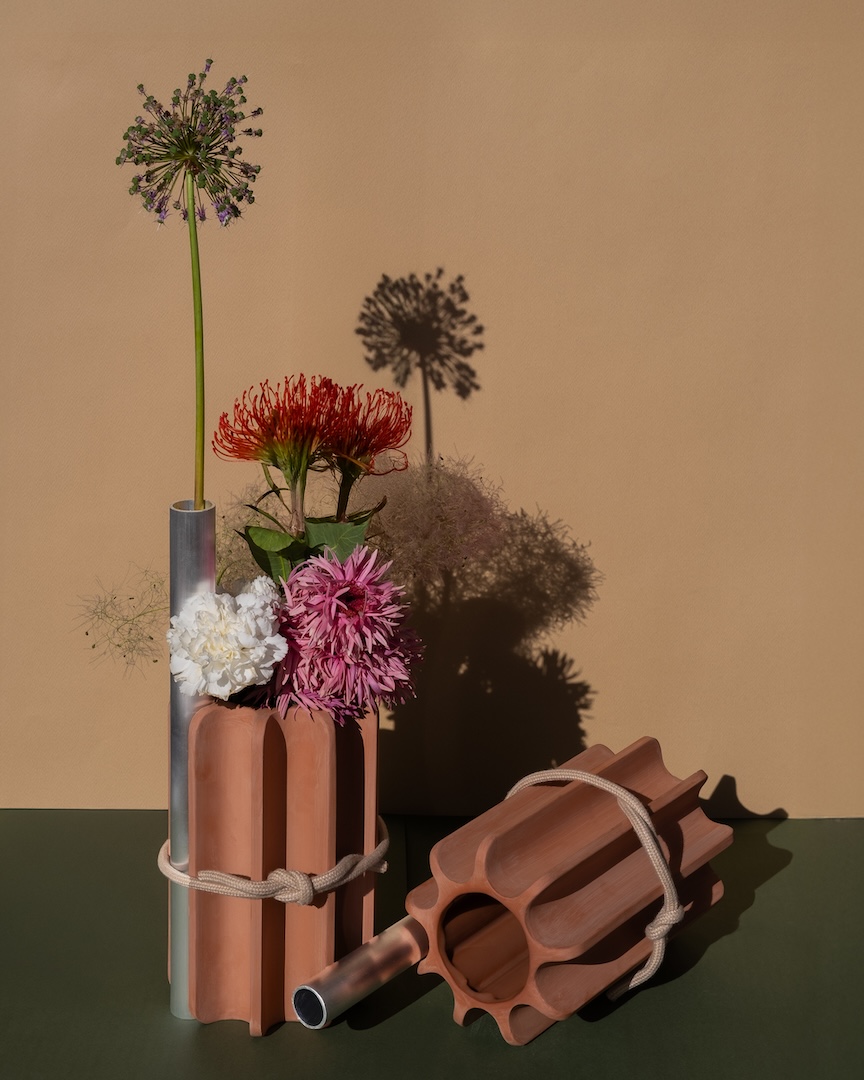
The young Antoine Seguin, from Marseille, presented in the Seminario section the Èreità Vase, crafted in collaboration with EmiCeram in L’Estaque. The piece is shaped in clay using slip casting within a complex mold that reveals the technical precision behind the process.
With this work, the designer explores the intersection of material memory and regional identity through three elements deeply rooted in the history of Marseille: clay, rope, and aluminum. Each carries a fragment of local heritage – craftsmanship, industrial legacy, or natural resource – and together they question how these inheritances evolve, persist, or transform over time.
The rope and raw aluminum tube reference Provence’s maritime soul and its industrial past, preserving gestures and memories of the city. Èreità speaks of transmission – a dialogue between materials and time, between the persistence of craft and the necessity of reinvention.
11. Mezza Chair by Ignacio Merino
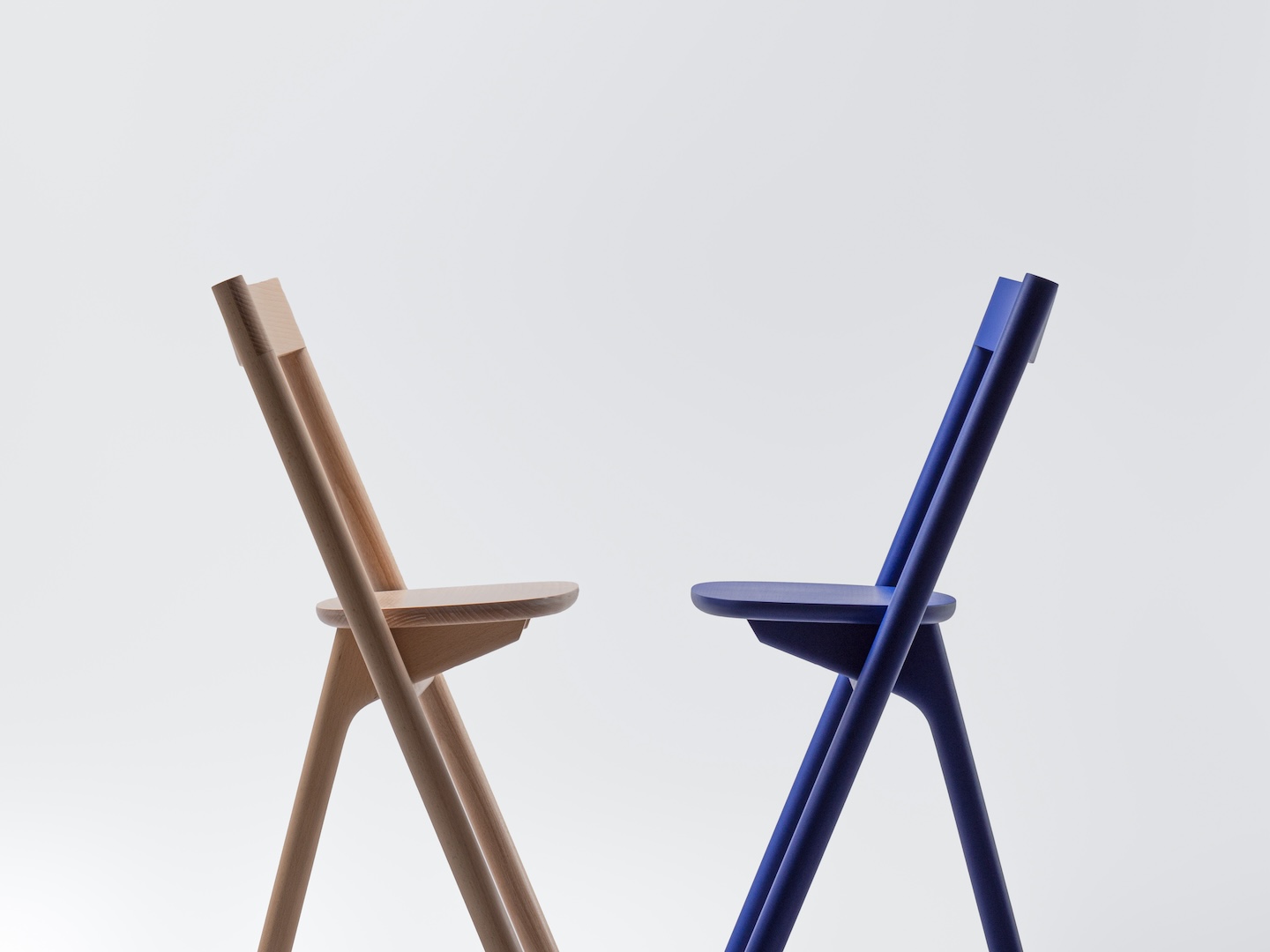
Mezza, the chair presented in the Seminario section by Spanish designer Ignacio Merino, arises from the close study of a traditional Alpine chair – something between a stool and a chair – whose narrow seat and precise joinery became the starting point for a contemporary reinterpretation. The result is a three-legged chair that balances compactness and comfort with structural intelligence.
This piece works as a contemporary synthesis – an intelligent dialogue between typology and innovation, where proportion, ergonomics, and structure converge. It demonstrates how reinterpreting what already exists can generate new design ground: turning restraint into expression, and function into form.
12. From CULT — Terrazzo Quarry by Bethan Laura Wood for Poltronova
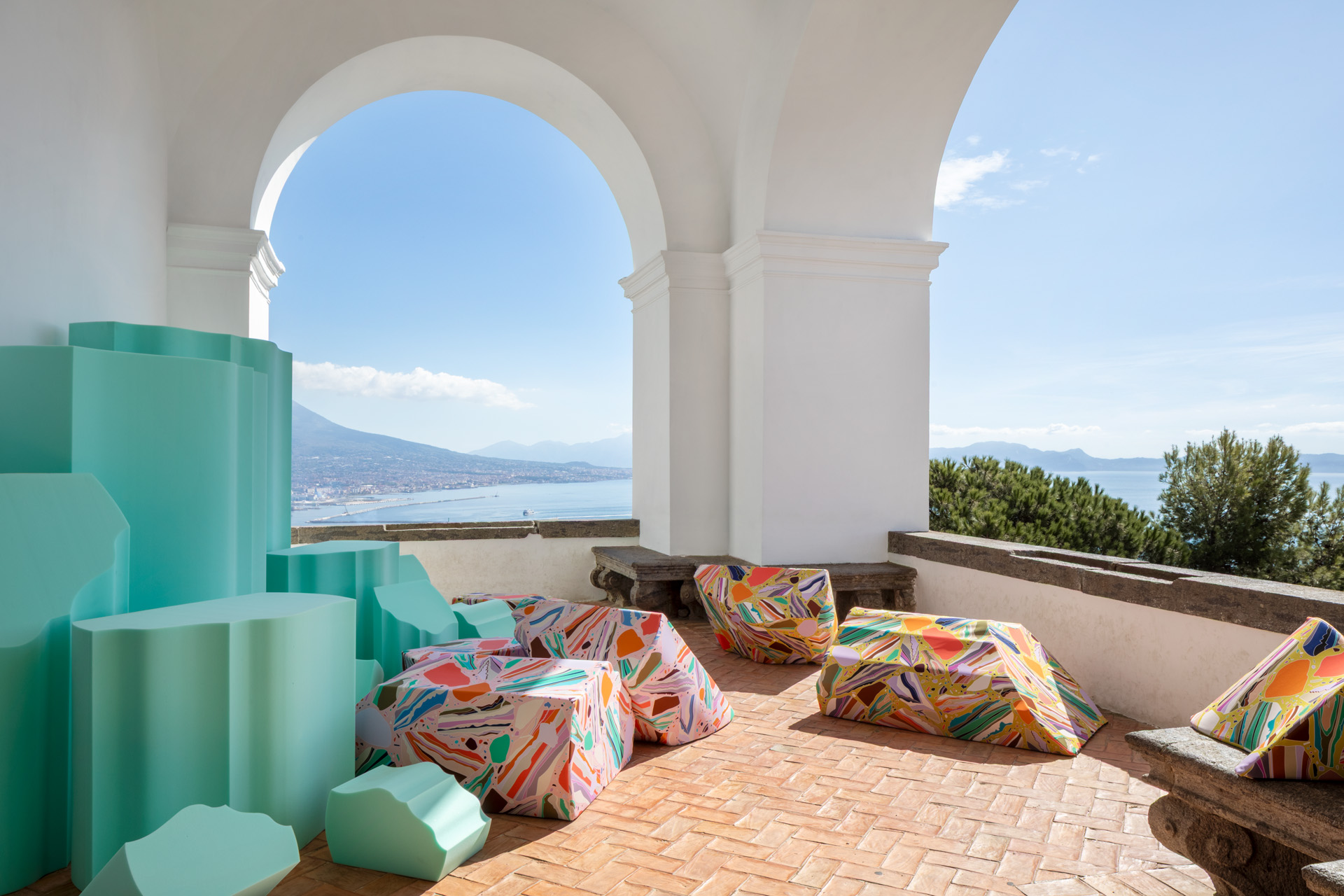
The research behind this piece reimagines design history through one of the icons of the 1970s: the Superonda by Archizoom for Poltronova. The story began a few years ago when Bethan Laura Wood, one of the most eclectic and vibrant voices in contemporary design, created the Terrazzo pattern for the brand. Psychedelic, layered, and exuberant, it reinterpreted an Italian tradition through a radical, graphic lens.
Following that same radical line, Poltronova now presents Terrazzo Quarry, a new seat that blends a natural process with the artificial essence of polyurethane. Blocks that appear spontaneous and irregular, coated in the Terrazzo pattern, seem to have erupted from a cave of this pop material. The result? A piece that sits at the border between furniture and artwork – playful, chaotic, colorful, artificial, and natural at once.
- Advertisement -

